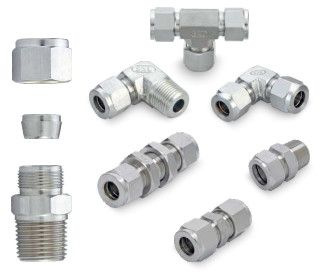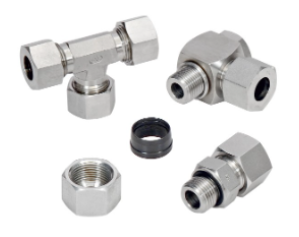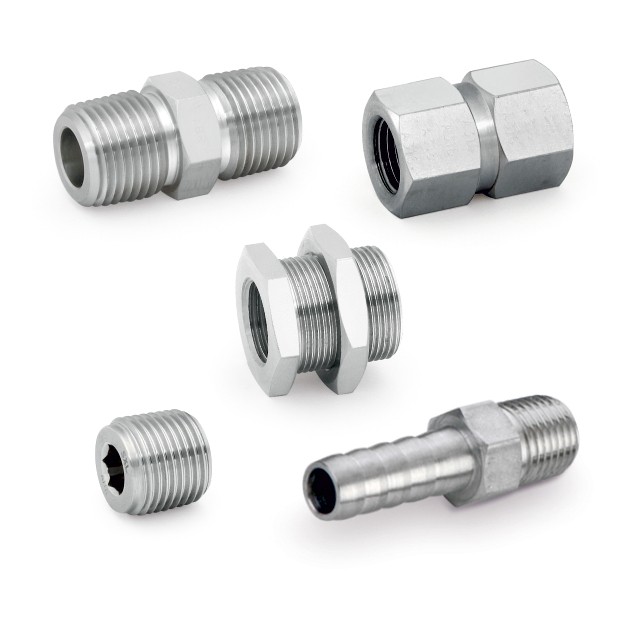Reason Behind Increasing Demand of Stainless Steel Fittings
June 30, 2021Top Qualities of Pipe Connectors for Different Applications
August 5, 2021A fitting or coupler is a relatively short length of pipe with an outlet at one or both ends used to connect two pipes or hoses in plumbing to solder together (copper, brass, etc.) Couplings are pipe fittings that allow pipeline operations to be extended or stopped. These fittings also aid in adjusting the tubing’s thickness. Pipe couplings can also be used to repair a cracked or leaking pipe.
Pipes and pipe fittings are intertwined. Pipe fittings, like pipes, are utilized for a variety of domestic, public, and industrial purposes. Without the use of suitable fittings and flanges, no pipes can connect. Pipe fittings enable pipes to be installed, connected or joined as needed and terminated in the correct position.
Pipe coupling comes in a variety of shapes, sizes, and materials. Various new items are made due to rapid advancements in industrial fittings and constant research work in this industry. Some fittings contain specific features that allow them to be made using different principles, such as hydraulics or pneumatics, depending on the final use.
Two types of couplings fall under the category of pipe fittings.
Permanent Coupling
In steel or copper pipes, permanent pipe couplings are usually soldered or brazed, while in the case of PVC pipes, adhesives are used. These permanent connectors provide exceptional stiffness and sealing where no future piping alterations are expected if adequately built.
Removable pipe couplings
These are often threaded, allowing them to be screwed onto the pipes to be connected. The most basic of them is a basic pipe section that is slightly larger than the pipes linked and threaded inside. The pipes’ ends are threaded as well, and the coupling is screwed onto both pipes and sealed with hemp or sealing tape.
Applications of pipe coupling
Pipe fittings have an infinite number of applications, just as pipes have an endless number of applications. While the list of piping applications continues to grow, its strength, flexibility, high flow rates, and chemical resistance make it ideal for the transportation or transfer of liquids, steam, solids, and air from one point to the other.
Pipe couplings contain flexible joints that do not require any additional equipment to use, nevertheless having secure, durable seals.
Pipe couplings are utilized in pipe networks all over the world and are commonly used in plant maintenance, power plants, water and gas delivery facilities, manufacturing, Structural Engineering, architecture, chemical/petrochemical, municipal, food, beverage, and dairy, oil and gas Irrigation, Residential, Road & highway construction, Ventilation etc.
Features of pipe coupling
- In terms of construction, it’s tough.
- Flow Capacity is High.
- Couplings are available in virtually all pipe sizes and for practically all pipe types.
- There are various finishes to choose from.
- The shape is mainly cylindrical.
- High-pressure protection for delicate equipment.
- Corrosion resistance and other weather-related issues are addressed.
- Couplings correct for shaft misalignment in the axial, lateral, and angular planes.
- Couplings work quietly and smoothly.
- Life expectancy is usually relatively high.
- Mounting and dismounting are simple.



